
- August 24, 2023
- Dennis Frank
- 1
Table of Contents
Cryptocurrency vs. Blockchain: Understanding the Differences
Cryptocurrency and Blockchain are two terms that are often used interchangeably but are not the same thing. Both have become buzzwords in the modern-day world of technology and finance, but it is essential to understand the differences between them. In this article, we will explore the nuances of both and take a closer look at how they work, their origins, key differences, real-world applications, and the pros and cons.
Defining Cryptocurrency and Blockchain
What is Cryptocurrency?
Cryptocurrency is a digital or virtual currency that uses cryptography for security. Cryptography is the process of converting legible information into an almost uncrackable code. Cryptocurrency operates independently of any central authority and is decentralized, making it immune to government manipulation or interference. Cryptocurrency is anonymous and can be used to purchase goods and services or traded for profits.
One of the most popular cryptocurrencies is Bitcoin, which was created in 2009 by an unknown person using the name Satoshi Nakamoto. Bitcoin is a decentralized digital currency that can be sent from user to user on a peer-to-peer network without the need for intermediaries. It is based on blockchain technology, which ensures that every transaction is verified and recorded in a permanent and tamper-proof way.
Other popular cryptocurrencies include Ethereum, Ripple, and Litecoin. Each cryptocurrency has its unique features and uses, but they all share the common trait of being decentralized and secure.
What is Blockchain?
Blockchain is a decentralized digital ledger technology that is used to store and manage data. It operates on a peer-to-peer network of computers, and every new transaction is verified by the network’s participants, creating a chain of blocks that is permanent and tamper-proof. Blockchain technology is transparent, secure, and reduces the risk of fraud and error by eliminating the need for intermediaries.
The first blockchain was created in 2008 by Satoshi Nakamoto as a public ledger for Bitcoin transactions. Since then, blockchain technology has been used in various industries, including finance, healthcare, and supply chain management. It has the potential to revolutionize the way we store and manage data, making it more secure and efficient.
One of the key features of blockchain technology is its transparency. Every transaction on the blockchain is visible to everyone on the network, making it difficult to manipulate or alter data. This makes it ideal for industries where transparency is crucial, such as finance and healthcare.
Another advantage of blockchain technology is its security. Because every transaction on the blockchain is verified and recorded in a permanent and tamper-proof way, it is almost impossible to hack or manipulate. This makes it ideal for industries where security is paramount, such as finance and government.
In conclusion, cryptocurrency and blockchain technology are two of the most exciting developments in the digital world. They offer a decentralized and secure way of storing and managing data, making them ideal for a wide range of industries. As more and more businesses and individuals adopt these technologies, we can expect to see even more innovative uses and applications in the future.
The Origins of Cryptocurrency and Blockchain
The Birth of Bitcoin
Bitcoin, created in 2009, was the first-ever cryptocurrency that revolutionized the world of digital finance. It was created by an anonymous person known only as Satoshi Nakamoto. Bitcoin introduced the concept of a decentralized, peer-to-peer electronic cash system.
This system allows users to send and receive payments without the need for intermediaries such as banks or governments. The use of cryptography ensures that transactions are secure and private.
Bitcoin’s popularity grew quickly, and soon other cryptocurrencies emerged. Each cryptocurrency has its own unique features and uses, but they all share the same underlying technology: blockchain.
The Evolution of Blockchain Technology
The concept of blockchain technology predates Bitcoin by many years. In 1991, cryptographers Stuart Haber and W. Scott Stornetta first proposed the idea of a chain of blocks that would store digital data in a secure and tamper-proof way. However, it was not until the emergence of Bitcoin that the potential of blockchain technology was fully realized.
Blockchain technology is essentially a decentralized ledger that records transactions in a secure and transparent way. Each block in the chain contains a set of transactions that are validated by a network of computers. Once a block is added to the chain, it cannot be altered or deleted, making the blockchain tamper-proof.
Blockchain technology has the potential to revolutionize many industries, not just finance. It can be used to create secure voting systems, supply chain management systems, and even digital identities. The possibilities are endless.
In conclusion, the birth of Bitcoin and the evolution of blockchain technology have had a profound impact on the world of digital finance and beyond. As the technology continues to develop, we can expect to see even more innovative uses for blockchain in the future.

Key Differences Between Cryptocurrency and Blockchain
Cryptocurrency and blockchain technology are two closely related concepts that have taken the world by storm. While they are often used interchangeably, there are some key differences between the two. In this article, we will explore these differences in detail.
Purpose and Functionality
Cryptocurrency is primarily designed to serve as a decentralized and secure medium of exchange. It allows for peer-to-peer transactions without the need for intermediaries such as banks or financial institutions. Cryptocurrency is also designed to store value, much like traditional currency.Blockchain technology, on the other hand, provides a secure and transparent way to store and manage digital data. It allows for the creation of a decentralized database that is not controlled by any central authority. Blockchain technology can be used for a wide range of applications, including supply chain management, voting systems, and digital identity verification, among others.
Centralization vs. Decentralization
One of the key differences between cryptocurrency and blockchain is the level of centralization. Cryptocurrency operates on a decentralized network that is not controlled by any central authority. It is managed by its users, who have an equal say in the network’s decision-making process.Blockchain technology is also decentralized, and the ledger is maintained by a network of computers rather than a centralized authority. This means that there is no single point of failure, making the system more secure and resilient.
Security and Privacy
Security and privacy are essential aspects of both cryptocurrency and blockchain technology. Cryptocurrency uses cryptography for security, making it almost impossible to hack or tamper with. Transactions on the blockchain are also highly secure and transparent, making it difficult to manipulate.Privacy is also a crucial aspect of cryptocurrency, and transactions are pseudonymous, which means that the identity of users is not revealed. However, privacy is not an inherent feature of blockchain technology, and it depends on how the system is designed and implemented.
Tokenization and Smart Contracts
Tokenization is a key feature of cryptocurrency, and it involves the use of tokens to represent a unit of value. Tokens can be used to buy goods and services, or they can be traded for profits. Tokenization enables the creation of decentralized applications that can be used for a wide range of purposes.Smart contracts are another key feature of blockchain technology. They are self-executing contracts that are stored on the blockchain.
Smart contracts allow for the automation of the execution of contracts and can be used for a wide range of applications, including supply chain management, digital identity verification, and decentralized finance.In conclusion, while cryptocurrency and blockchain technology are closely related concepts, they serve different purposes and have different functionalities. Cryptocurrency is primarily designed to serve as a medium of exchange, while blockchain technology provides a way to securely and transparently store and manage digital data.
Real-World Applications of Cryptocurrency and Blockchain
Cryptocurrency and blockchain technology have been making waves in various industries across the globe. From financial services to healthcare, these technologies have the potential to revolutionize the way we conduct transactions and manage data. In this article, we will explore some of the real-world applications of cryptocurrency and blockchain technology.
Cryptocurrency Use Cases
Cryptocurrencies, such as Bitcoin, Ethereum, and Litecoin, are being used for a wide range of applications. One of the most popular use cases is peer-to-peer payments. With cryptocurrencies, users can send and receive payments without the need for intermediaries like banks or payment processors. This allows for faster and cheaper transactions, especially for cross-border payments.
Many companies are now accepting cryptocurrency payments, including Microsoft, Expedia, and Overstock. This is a significant step towards mainstream adoption of cryptocurrencies, as it provides users with more options to use their digital assets.
Cryptocurrencies are also being used for micropayments, which are small transactions that are usually less than a dollar. Micropayments are becoming more popular in the gaming and content creation industries, where users can pay small amounts of cryptocurrency to access premium content or features.
Blockchain Use Cases
Blockchain technology, the underlying technology behind cryptocurrencies, is being used for a wide range of applications as well. One of the most promising use cases is supply chain management. With blockchain, companies can track the movement of goods from the point of origin to the point of consumption. This provides greater transparency and accountability in the supply chain, which can help reduce fraud and improve efficiency.
Blockchain is also being explored for voting systems. With blockchain-based voting systems, voters can cast their ballots securely and anonymously, without the need for intermediaries like election officials. This can help reduce the risk of voter fraud and improve the integrity of the voting process.
Digital identity management is another area where blockchain is being explored. With blockchain-based identity systems, users can control their personal data and share it securely with third parties. This can help reduce the risk of identity theft and improve privacy for users.
Many companies and governments are now exploring the use of blockchain technology to improve transparency and security in various industries, including healthcare, finance, and logistics. With its potential to provide greater security, transparency, and efficiency, blockchain technology is set to revolutionize the way we conduct business and manage data.
Cryptocurrency has been making waves in the financial world for quite some time now. It has been praised for its decentralized nature, security, transparency, pseudonymous transactions, and global reach. However, it also has its fair share of drawbacks. Let’s dive deeper into the advantages and disadvantages of cryptocurrency and blockchain.One of the biggest advantages of cryptocurrency is its decentralized nature. This means that it is not controlled by any government or financial institution, making it immune to their influence and manipulation.
Additionally, cryptocurrency transactions are secure and transparent, thanks to the use of cryptography. This makes it difficult for hackers to steal funds or manipulate transactions.Another advantage of cryptocurrency is its pseudonymous nature. This means that transactions are not linked to a person’s real identity, which provides a level of privacy and anonymity. Global reach is another advantage of cryptocurrency. It can be used anywhere in the world, making it an accessible and convenient option for international transactions.On the other hand, cryptocurrency has its fair share of disadvantages. One of the biggest drawbacks is its high volatility.
The value of cryptocurrency can fluctuate wildly, making it a risky investment. Additionally, cryptocurrency has low adoption rates, which can limit its usefulness and acceptance.Regulatory uncertainty is another disadvantage of cryptocurrency. Governments around the world are still grappling with how to regulate cryptocurrency, which can lead to uncertainty and confusion for users. Limited scalability is also a concern, as the technology behind cryptocurrency can struggle to handle large volumes of transactions.Moving on to blockchain, one of its biggest advantages is its decentralized nature. Like cryptocurrency, blockchain is not controlled by any central authority, making it difficult to manipulate or hack.
Additionally, blockchain provides a transparent and secure way to store and transfer data, which can reduce the risk of fraud and error.Another advantage of blockchain is the elimination of intermediaries. With blockchain, transactions can be conducted directly between parties, cutting out the need for middlemen and reducing costs. However, blockchain also has its fair share of disadvantages.One of the biggest drawbacks of blockchain is its slow transaction speeds.
This can be a major issue for applications that require near-instant transactions, such as online shopping. Additionally, blockchain can be energy-intensive, which can have a negative impact on the environment. The complexity of blockchain can also be a barrier to adoption, as it requires a certain level of technical knowledge to understand and use.In conclusion, while cryptocurrency and blockchain have their advantages, they also have their drawbacks. As with any new technology, it is important to weigh the pros and cons before deciding whether to invest time and resources into it. Despite the challenges, cryptocurrency and blockchain have the potential to revolutionize the way we conduct financial transactions and store and transfer data.
Conclusion
In conclusion, it is evident that while cryptocurrency and blockchain may share some similarities, they are not the same thing. Understanding the nuances of both is critical when evaluating the advantages and disadvantages of each. The adoption of both cryptocurrency and blockchain technology is expected to grow significantly in the coming years, with many industries exploring the potential of these technologies. As we move forward into the digital age, it is critical to stay informed and adapt to these new technologies to remain competitive in a rapidly evolving world.









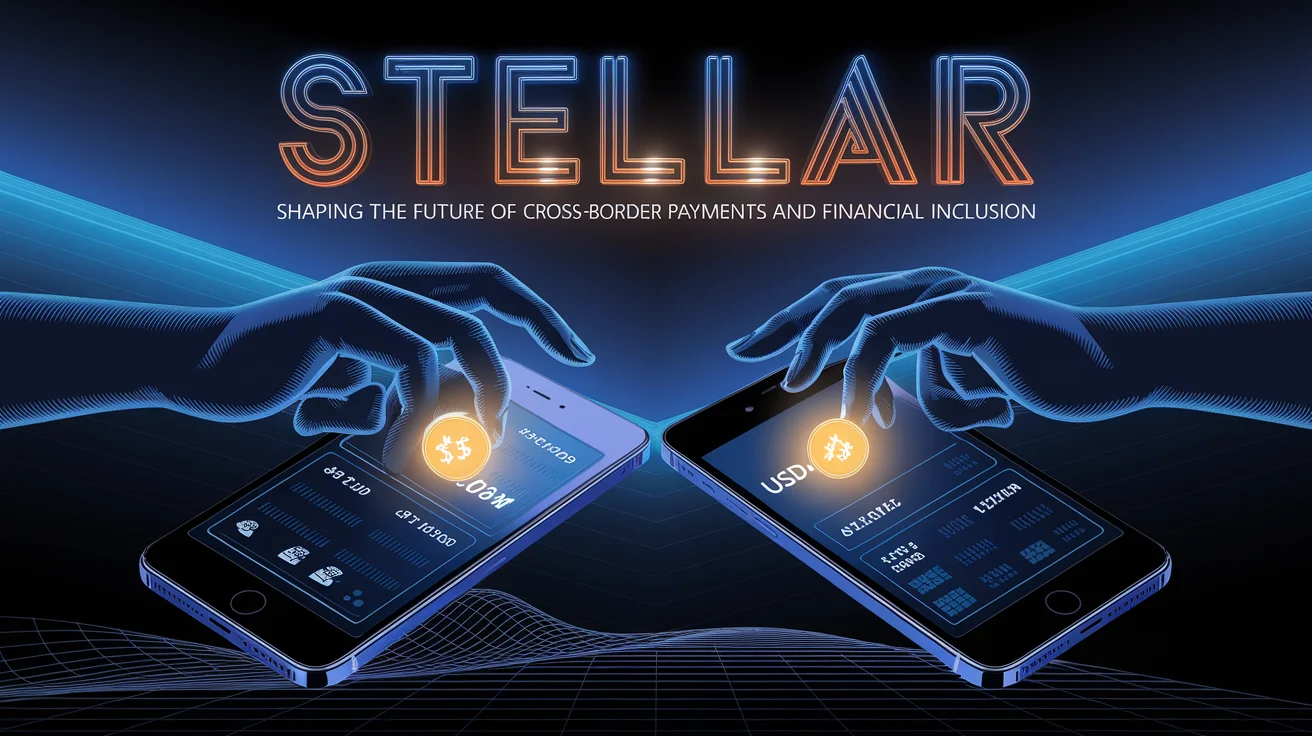
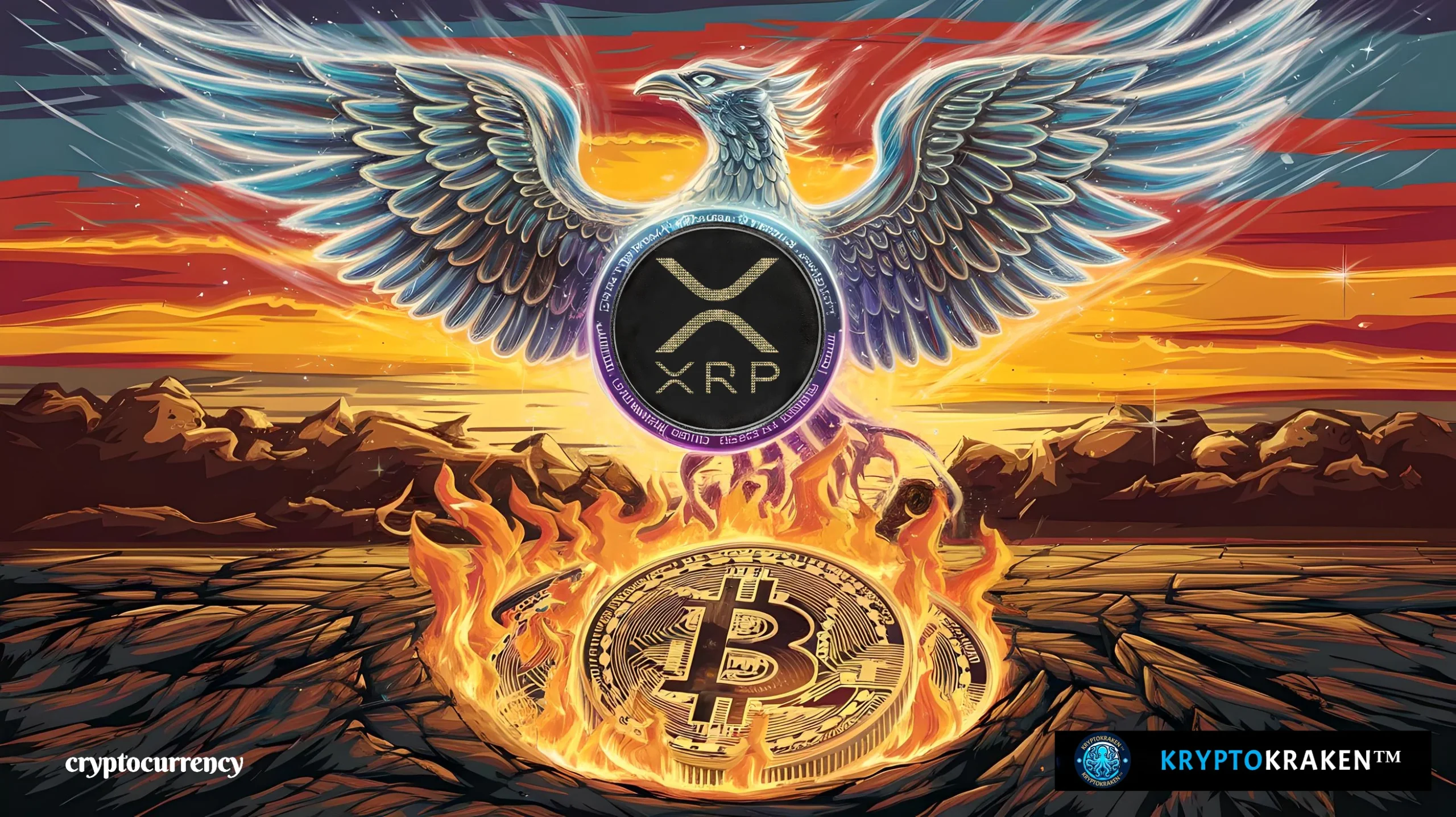

































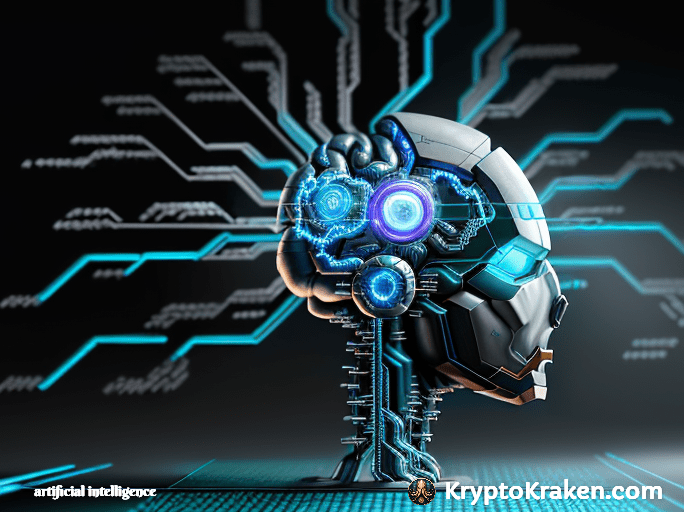





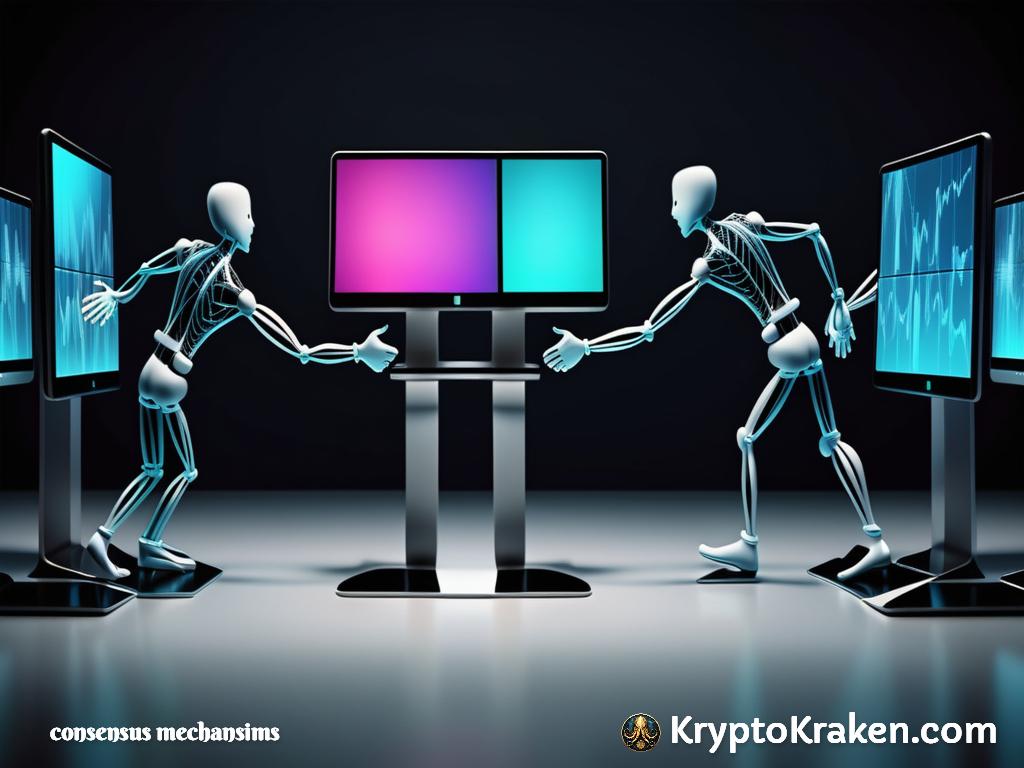



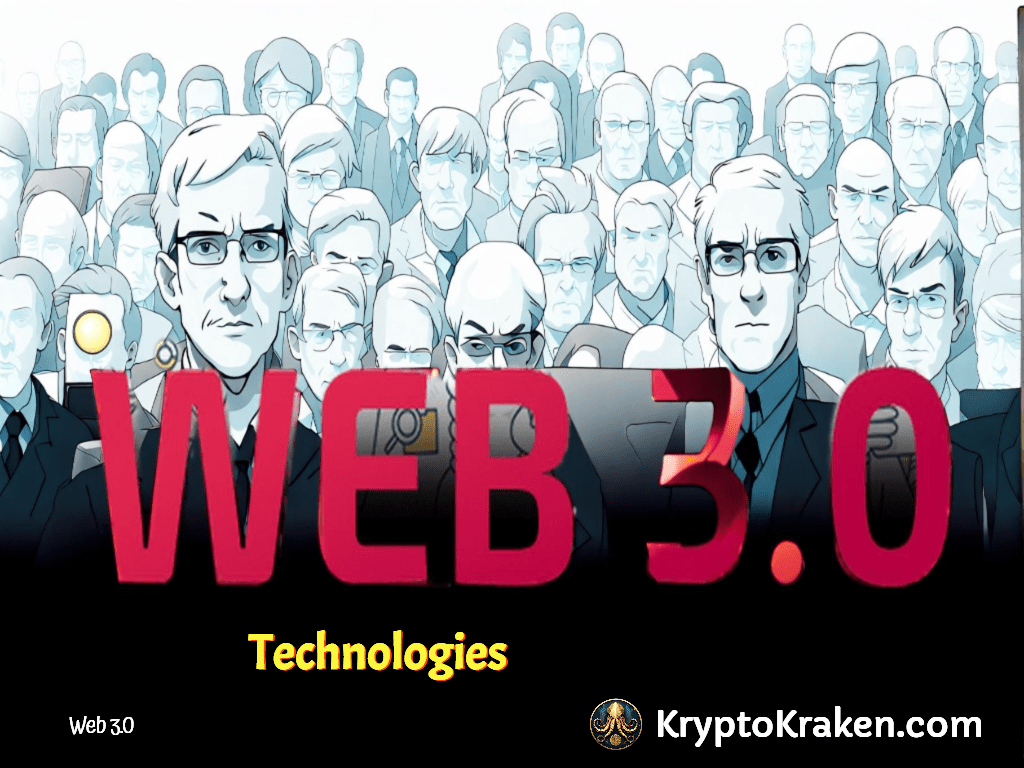















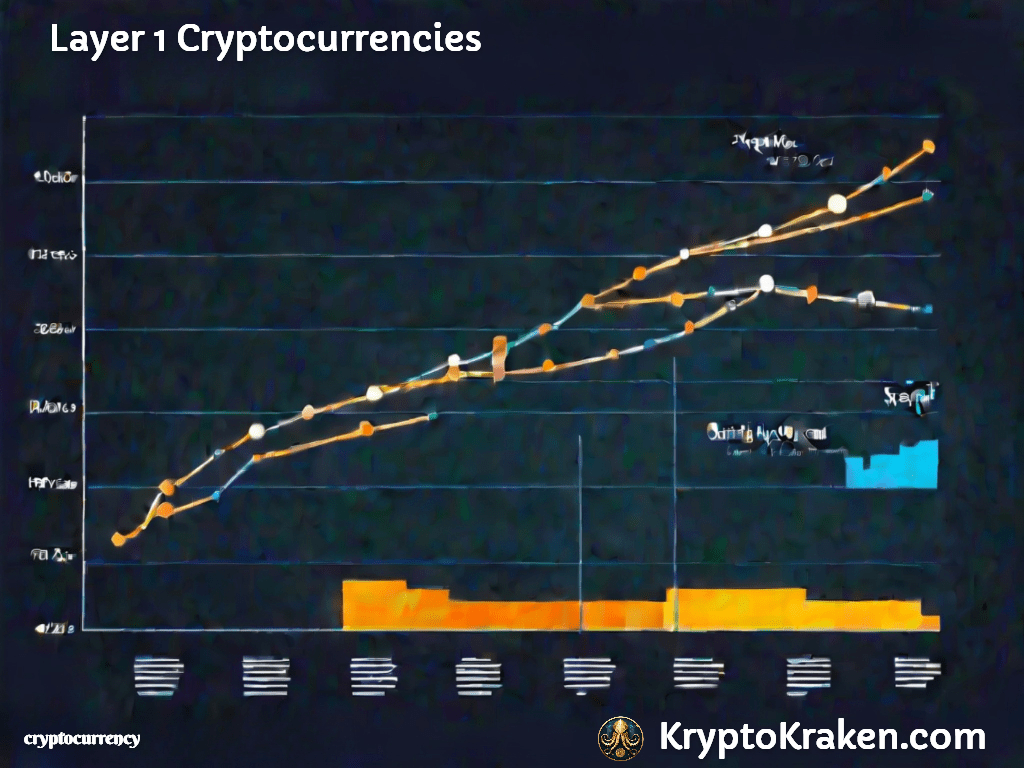




















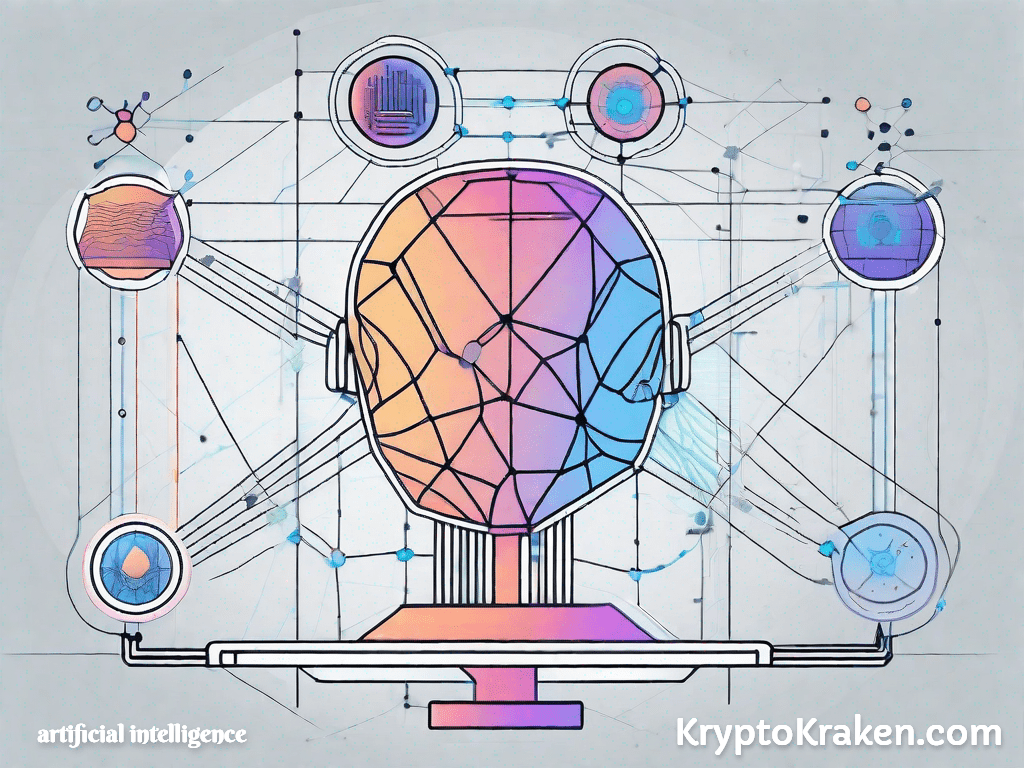
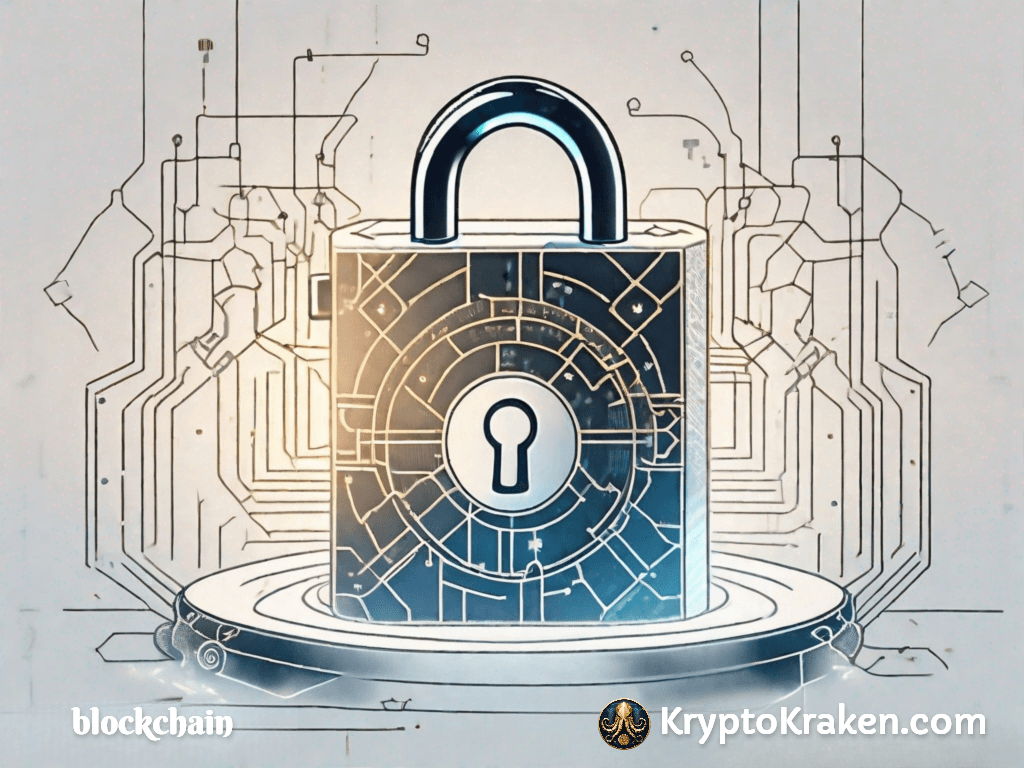


















1 comment on “Cryptocurrency vs. Blockchain: Understanding the Differences”